Mystery at Sea
How mercury gets into tuna and other fish in the ocean has scientists searching from the coast to the floor
/https://tf-cmsv2-smithsonianmag-media.s3.amazonaws.com/filer/mercury-631.jpg)
In the United States and many places around the world, people get a majority of their mercury intake from ocean fish—particularly tuna. Fish has some health benefits, but too much mercury consumption can cause developmental defects in young children. Scientists understand how mercury makes its way into freshwater species, but because oceans are so much larger and deeper, they aren't sure the process is the same.
This uncertainty was underscored in May of 2006, when the San Francisco Superior Court ruled that tuna companies do not have to include mercury warnings on cans. In large part, the decision hinged on whether mercury found in ocean fish originated from man-made industry, such as coal-burning factories that emit the gas, or from a natural location, such as the sea floor. In the court's opinion, two things were clear: No one really knows where ocean fish contract their mercury. And the little that is known suggests it does not come from human pollution.
"One of the big questions is, where does the mercury in tuna fish and ocean fish come from? Because that's where most people get their mercury," says senior scientist Cynthia Gilmour of the Smithsonian Environmental Research Center in Edgewater, Maryland. That big question holds big implications for public health. If mercury in fish comes mostly from the atmosphere, then emission regulations and other efforts might over time make fish safer to eat. If ocean fish get their mercury from the natural environment, however, educating women about the health effects of mercury on unborn and young children might be the only influential option. "It's pretty important to know that," Gilmour says, "and we don't know."
That's not the case in freshwater sources, where the process is well-studied. Rain washes mercury down from the air onto rivers, lakes and watersheds. Micro-organisms convert it into a harmful form, methylmercury. Small fish consume the microbes, large fish consume the small fish, and eventually the toxin lands in kitchens. This chain of events can happen rapidly. In research published online last week in Proceedings of the National Academy of Sciences, Gilmour and her colleagues found that mercury appeared in lake fish as soon as two months after it had landed on the water surface. The amount of mercury emitted into the atmosphere has tripled, by some estimates, during the past century of industrial activity. As a result, most researchers say with confidence that decreasing man-made mercury emissions will, in time, make fish from some lakes and rivers safer to eat.
In oceans, however, scientists aren't sure mercury follows that path. The high cost of research ships and the sheer size of the sea make marine data collection a lengthy procedure. In addition, much work on ocean mercury done before about 1980 is potentially spoiled by contaminated instruments. "We don't have much data for the ocean. It's surprisingly sparse," says biogeochemist William Fitzgerald of the University of Connecticut. But within the past decade, scientists have made a push to fill this void in understanding. The work is "finally getting through in a broad way," he says.
As a result, researchers are just starting to piece together the big picture. They generally agree that three places produce this methylmercury: vents on the ocean floor, coastal areas and water columns near the surface. Vent mercury, likely thousands of years old, would be produced independent of human activity. Methylmercury from the coast or surface, however, likely would be the result of industrial pollution. The proportional impact of each avenue is much less clear.
"Right now, I'd say nobody has found a source of methylmercury in the ocean that can easily account for what we find in terms of methylmercury in open ocean fish," says geochemist François Morel of Princeton University. "It's been hard to figure out where it's coming from, where's it's going. Now we're beginning to understand."
In 2003, Morel and some colleagues measured mercury levels of yellowfin tuna caught near Hawaii in 1998 and compared them with measurements taken by other researchers from tuna caught in 1971. Mercury from industrial emissions would settle near the surface, so if that's where methylmercury in ocean fish is produced, then the 1998 fish should have noticeably higher amounts of mercury, the researchers proposed. Instead, Morel's group found no difference at all between the two fish samples, they reported in the journal Environmental Science and Technology.
The researchers concluded that the methylmercury in tuna came not from atmospheric emissions but rather from a natural source—hydrothermal vents at the bottom of the ocean. Though tuna live in the upper part of the ocean, they could possibly contract vent mercury by eating fish that spend time in the deep sea.
The findings produced strong reactions in the research community. Some argue that the two tuna populations aren't comparable. Yellowfin tuna have been heavily fished since 1971, and fishing pressure can alter the mercury levels in certain fish stocks, says aquatic toxicologist James Wiener of the University of Wisconsin-LaCrosse. Others believe that mercury in the atmosphere hasn't drifted out far enough into the ocean yet to measure a change.
Despite its criticisms, the study led to some important ocean research. To study the impact of vents, a group of researchers led by Carl Lamborg of the Woods Hole Oceanographic Institution in Massachusetts sent a robot down 1.7 miles to collect samples from the Pacific Ocean's Gorda Ridge. In 2006, the researchers published their results—the first ever based on methylmercury in a vent—in the journal Geophysical Research Letters. They concluded that levels of mercury were fairly high in vents, but not quite high enough to support the amount found in fish at the surface.
The findings suggest that while vents might be a source of methylmercury, they likely are not an important one, says Chad Hammerschmidt of Wright State University, a coauthor on the paper. Even Morel, who served as a key witness for the tuna companies in the San Francisco case, now says that vents don't make up enough methylmercury to supply it to surface fish. But this realization in itself, he says, still doesn't explain where the majority of mercury comes from.
For that reason, many researchers are focusing on how methylmercury created in coastal regions could reach fish in the open ocean. Gilmour and Rob Mason of the University of Connecticut are leading a study of how methylmercury accumulates in the ocean shelf and the Chesapeake Bay. They analyzed sediment from nine areas along the mid-Atlantic coast and found evidence of methylmercury production in the continental shelf, as well as in the slope that breaks off below the shelf. The work is not yet complete, but "our results suggest that you can't ignore the edges," says Mason. "What's going on in the shelf seems to be very important."
Methylmercury from the coast might be transported out to sea in several ways. Tuna and other open ocean fish might swim in to the coast, eat contaminated coastal fish and swim back. A study published in Nature in 2005, led by Barbara Block of Stanford University, shows that bluefin tuna spend a lot of time near East Coast feeding areas before swimming far out to sea—even migrating across the Atlantic.
Currents might also wash mercury out from the shore. Some researchers have thought that sunlight would break down the toxic compound before it reached far out to sea, but new evidence about the movement of other metals, such as iron, is starting to challenge that concern, Fitzgerald says.
"There's increasing evidence for the importance of the coastal zone," he says. "That's really exciting. It's been there a long time, and we haven't paid enough attention to it."
Perhaps the biggest question is how much mercury can be converted into methylmercury on the ocean surface. Common wisdom has been that only bacteria living in oxygen-free areas can produce this conversion. However, Mason has done work near the equator in the Pacific Ocean showing that methylation might indeed occur in low-oxygen waters. It remains to be seen whether enough of these regions exist to have a big impact on methylmercury levels in fish.
If it turns out methylmercury can be created near the water surface, emissions regulations might have a direct impact on the amount of mercury in tuna and other fish in the ocean, Mason says. The same holds true if subsequent research supports the idea that methylmercury made in the coastal zone can be transported offshore.
What scientists do know, of course, is that something must account for the mercury found in tuna and other ocean fish. "The reality is that all methylmercury is being probably produced in all three environments"—along coasts, in deep vents and in some ocean surfaces—"but we need more work to parse out this fractionation," Mason says. For now, except in one San Francisco courthouse, the jury is still out.
/https://tf-cmsv2-smithsonianmag-media.s3.amazonaws.com/accounts/headshot/eric-jaffe-240.jpg)
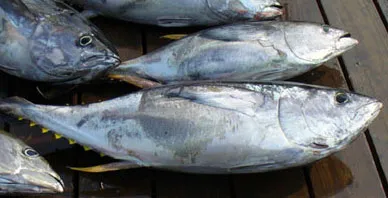
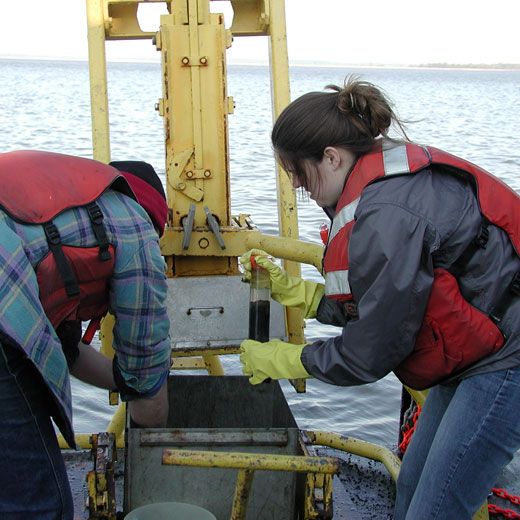
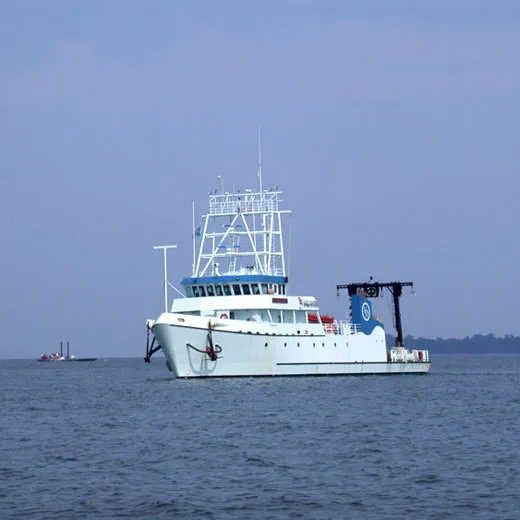
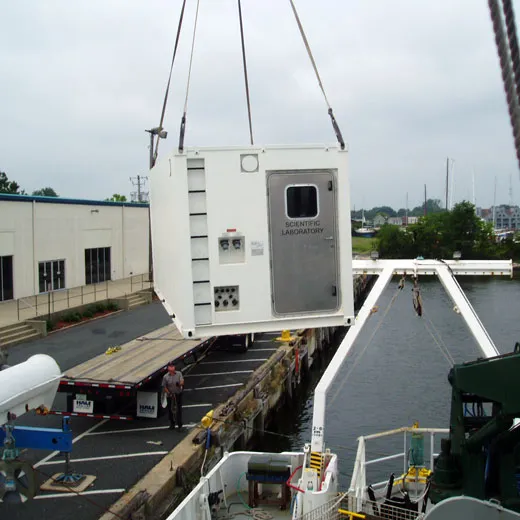
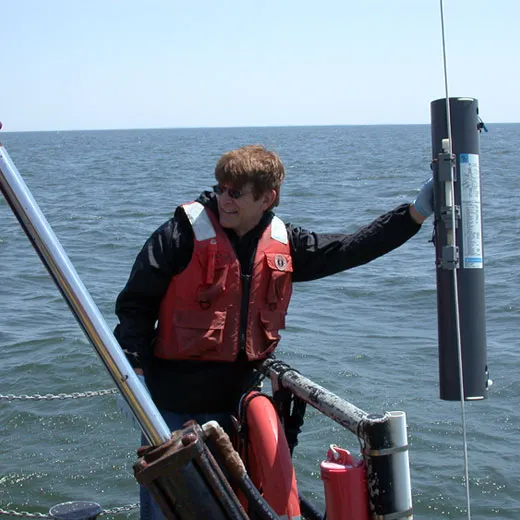
/https://tf-cmsv2-smithsonianmag-media.s3.amazonaws.com/accounts/headshot/eric-jaffe-240.jpg)